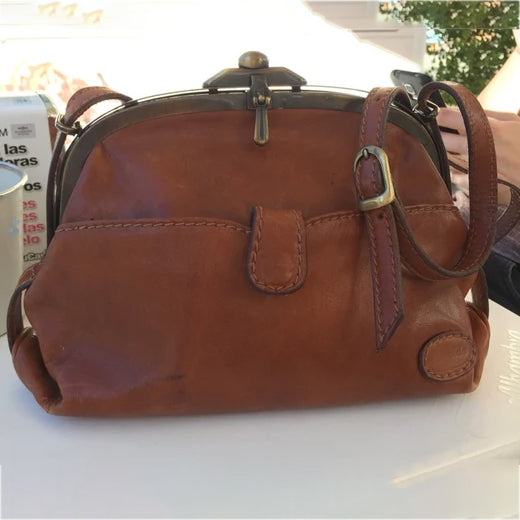
Entwerfen, Samplen und Kopieren
Seit nun über 20 Jahren entwerfe ich die Kollektionen von Harold‘s.
Kürzlich sah ich in der elements SONDER EDITION NO 16 der Textilwirtschaft diesen Rucksack von Prada. Die Spiegelung des Rucksack war zunächst irritierend doch beim zweiten Blick gab es kein Zweifel - es ist das Design der BOX Serie von Harold‘s. Sofort war mir etwas komisch: Hatte ich den Rucksack kopiert? So sah es das tatsächlich für einen Moment aus? Wenn das so wäre, wäre es unerheblich gewesen, ob ich das bewusst oder unbewusst gemacht hätte? Ich dachte, daß mir bald eine Klage ins Haus stünde. In Anbetracht der Irritationen hatte ich etwas Mühe mich zu erinnern wann ich das BOX Design entworfen hatte.

Ich habe
BOX zum ersten Mal bei der Berlin Fashion Week auf der Neoyt gezeigt. Und dann gleich in zwei Versionen. Das war im Januar 2019 am Flughafen Tempelhof. Also vor rund drei Jahren. Rund über ein Jahr hatte ich zuvor am Box Design gearbeitet - mit Modellen, Zeichnungen und verschiedenen Materialien oft begleitet von Zweifeln ob die Konstruktion funktionieren würde und ob sie überhaupt eine Marktrelevanz hätte. Am Anfang - und das war ein Bild welches ich bereits einige Jahre im Kopf hatte - war das einer Kuriertasche mit horizontal verlaufendem Reißverschluss. Die Idee resultierte noch aus Zeiten als die Kuriertasche sehr im Fokus stand. Mich interessierte dabei die Möglichkeit der vollständigen Verschließbarkeit, der weiten Öffnung und Materialsparsamkeit - also Kriterien, die mir beim konventionellen Design von Kuriertaschen immer wieder als Mangel auffielen. Schließlich erhoffte ich mir von der Idee des horizontal umlaufenden Reißverschluss neue proportionale und formale Gestaltungsmöglichkeiten. Es fehlte aber an Mut, konkreter an die Sache dranzugehen. Also suchte ich nach Assoziationen. Assoziationen zu Dingen aus der realen oder auch digitalen Welt sind häufig ein guter Wegweiser im Designprozess. Lässt man sie geschickt einfliessen ohne sie zu wörtlich zu übernehmen, helfen sie sehr, daß der Nutzer das neuartige Produkt intuitiv versteht: Ich saß im morgens Zugrestaurant und beobachtete wie der Kellner einem Gast das bestellte Frühstück servierte. Es bestand aus Kaffee, zwei Brötchen, einem Orangensaft, Marmelade sowie einem Ei. Nach einem ersten Schluck Kaffee klopfte der Gast mit dem kleinen Löffel auf das Ei, um dann mühsam die angebrochenen Schalenteile ab zu pulen. Manchmal funktioniert das nicht gut weil die Teile zu sehr am gekochten Eiweiß kleben. Statt sich loszulösen zerbrechen sie dann in noch kleinere Teile und dann geht nichts mehr und der Kaffee ist obendrein kalt geworden. Das Öffnen von Eiern kann eine Grundsatzdiskussion sein, mit exklusiven Haltungen, die sich gar nicht oder nur sehr selten ändern. Ei aufklopfen oder Kopf abschlagen - das kann das Niveau von Beatles oder Stones haben. Wie auch immer, der Mann nahm das Messer und schlug den Kopf des Ei ab und gelangte wie zu erwarten war ohne weitere Mühen beim Gelbem von Ei an. Er freute sich. Ich freute mich auch. Aber nicht für ihn sondern für mich. Ich hatte nun die Assoziation zum Box Design. Die Geschlossenheit der Form auf der einen Seite und der horizontale cut auf etwa 3/4 der Gesamthöhe, damit man schnell und mit Überblick an den Kern des Körpers herankommt. Mit der Assoziation war nun klar wie der Reißverschluss im Detail laufen musste, welchem Bilde der konstruktive Aufbau des Taschenkörpers folgen musste. Vor allem aber wurde mir bewusst, dass man einen wesentlichen besseren Überblick erhält, erhält was sich in der Tasche befindet - ein Mangel vieler Taschen. Daraus ergaben sich des Weiteren neue proportionale Möglichkeiten für den Taschenkörper. Man konnte nun die Tasche schlanker schneiden als bei konventionellen Aufbauten. Ich war also an das innere Wesen der Tasche herangekommen. Wenn das gelingt, braucht man Ende sich nur noch mit eben diesem Wesen zu unterhalten und man muss nur noch genau zuhören, was es zu sagen hat. Am Ende werden dann die Antworten nur noch in Material, Schnitt und Naht übersetzt. Es ist ein sehr logischer Prozess, der sehr eindeutig ist. Ich glaube die Prada Designer folgten der gleichen oder einer ähnlichen Assoziation und kamen daher zwangsläufig zum gleichen Ergebnis des Box Designs und zwar in fast allen wichtigen Details: Der Naht- und Schnittführung, der handwerklichen Details rund um den Reißverschluss, der Materialwahl, des Design der oberen Abschlusses der Tasche. Ich fühlte mich bestätigt und bestärkt und die anfänglichen Zweifel an der Relevanz der Tasche waren zumindest für einen Moment gewichen. Dafür danke ich sehr herzlich den Designern dieses Prada Modells. Am Ende haben sie das Design genommen und gespiegelt, so dass ein Rucksack mit zwei Kammern herausgekommen ist. Insofern haben sie die größere Schlankheit des Schnittes ausgenutzt. Beim konventionellen Aufbau von Taschenkörpern würde man darin kaum etwas finden. Allerdings entzieht das Gesamtergebnis meiner Vorstellungskraft. Die Doppelung bzw. Wiederholung des boxartigen Körper erinnert teilweise an Taschen, die für militärische Zwecke entwickelt werden. Aber das ist vielleicht auch ein falsche Assoziation. Vielleicht war ihnen das puristische Box Design mit einer Kammer zu formal, zu zurückgenommen und suchten nach einer Umsetzung, die eine größere Auffälligkeit in der Flut der Bilder und Produkte erzeugt. Jedenfalls ist ihnen - selbst wenn sie das original Box Design bereits kannten - ganz im Sinne eines guten DJ's ein interessantes "sample" gelungen.
Und nun komme ich zur letzten Punkt dieses Beitrags: In der Geschichte der Taschen wurden bereits unzählige Taschen entworfen und produziert. Man muss also davon ausgehen, dass fast jedes Design und jede erdenkliche Detaillösung schon einmal realisiert wurde. Von dieser Annahme ausgehend ist jedes scheinbar neue Taschen Design, jede neue Detaillösung eigentlich (nur) eine "sample" eines irgendwann bereits realisierten Designs, unabhängig davon, ob dem Autor das bekannt ist oder nicht. Am Ende kommt es daher nicht darauf an ob man ein Design wirklich bis in seine einzelnen Details wirklich selbst entwickelt hat.







Hinterlasse einen Kommentar
Diese Website ist durch hCaptcha geschützt und es gelten die allgemeinen Geschäftsbedingungen und Datenschutzbestimmungen von hCaptcha.